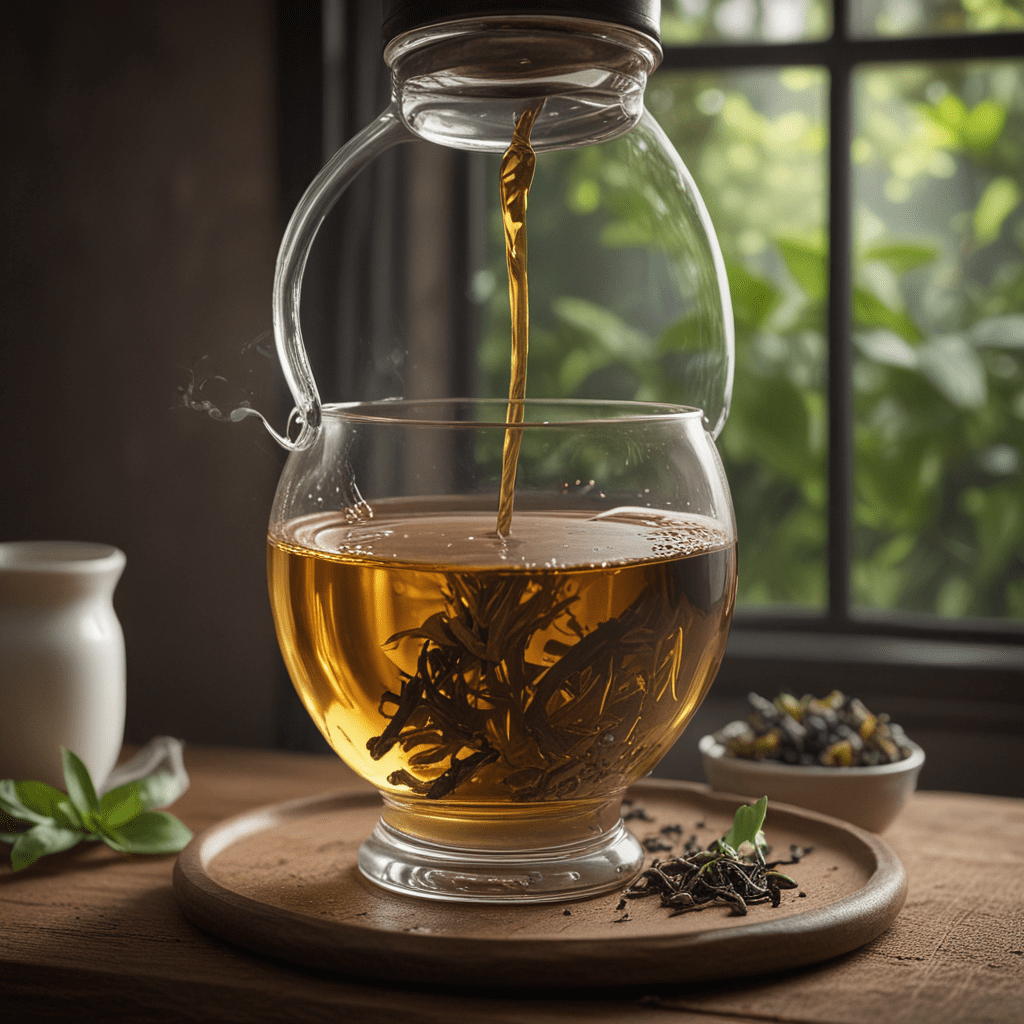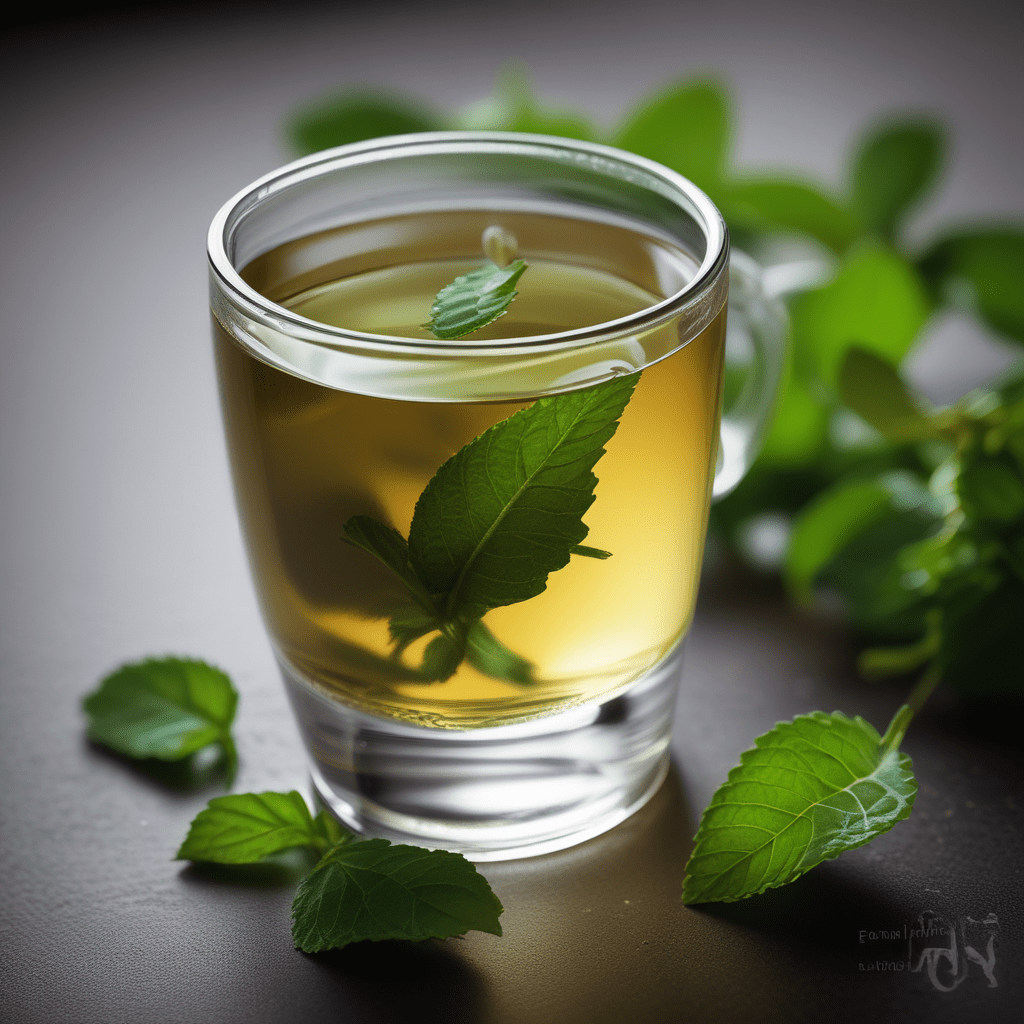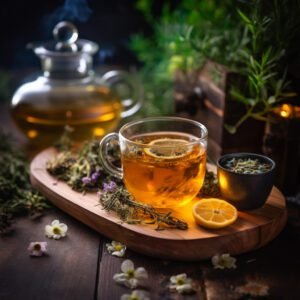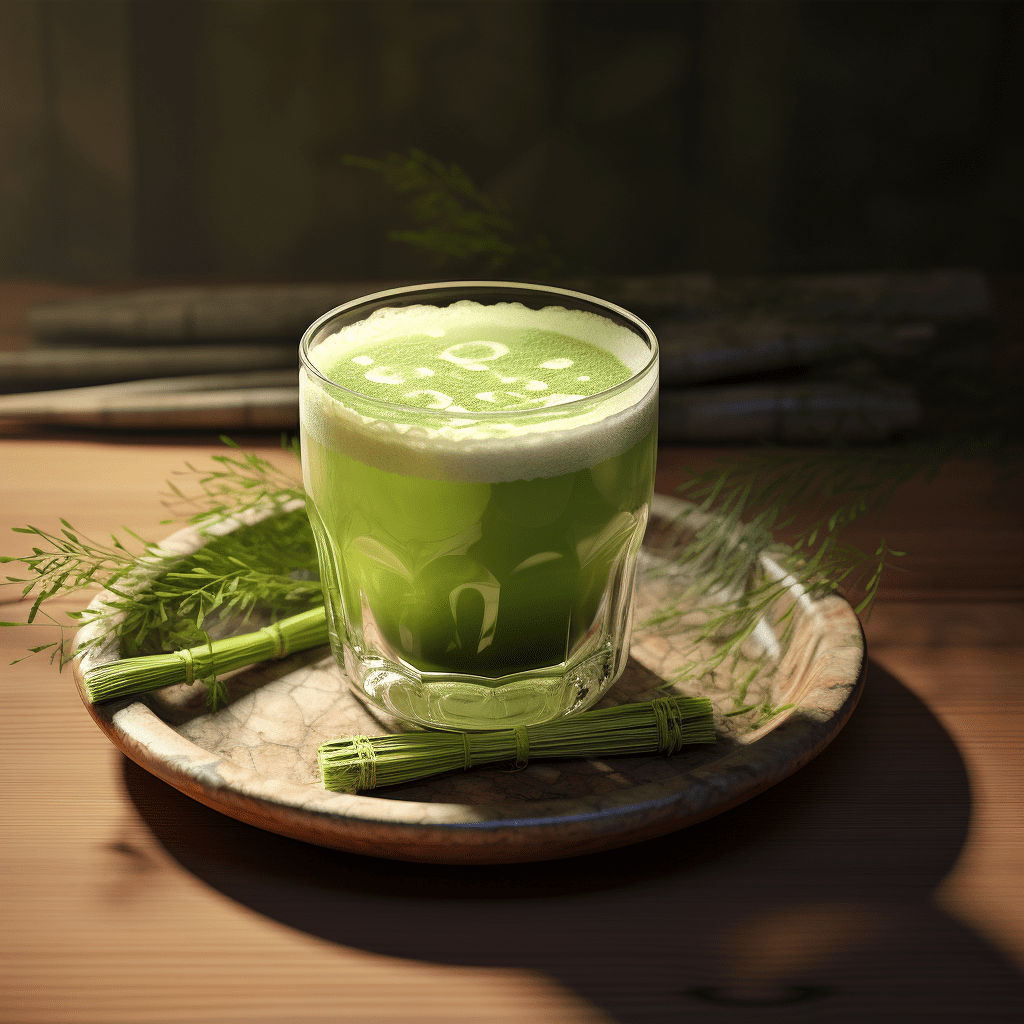
The Art of Tea Brewing: Mastering Ceylon Tea Preparation
I. Selecting the Perfect Ceylon Tea
The first step in brewing the perfect cup of Ceylon tea is selecting the right type of tea. Ceylon tea is a black tea that is grown in the highlands of Sri Lanka. It is known for its rich flavor and aroma. There are many different types of Ceylon tea available, so it is important to choose one that you enjoy. If you are new to Ceylon tea, we recommend starting with a classic black tea.
Some of the most popular types of Ceylon tea include:
- Uva: A full-bodied tea with a malty flavor
- Dimbula: A lighter tea with a floral aroma
- Nuwara Eliya: A high-grown tea with a delicate flavor
- Opa: A low-grown tea with a strong flavor
Once you have selected a type of Ceylon tea, you can purchase it loose-leaf or in tea bags. Loose-leaf tea is generally considered to be of higher quality, but it is also more expensive. If you are on a budget, tea bags are a good option.
II. Understanding Water Temperature and Quality
The water you use to brew tea is just as important as the tea itself. The ideal water temperature for brewing Ceylon tea is between 195°F and 205°F. If the water is too hot, it will scorch the tea leaves and produce a bitter flavor. If the water is too cold, the tea leaves will not steep properly and the tea will be weak.
The quality of the water you use is also important. If your water is chlorinated, it can give the tea a metallic taste. If possible, use filtered or spring water to brew your tea.
III. Preparing the Tea Vessel
The type of tea vessel you use will also affect the flavor of your tea. The best tea vessels are made of porcelain or glass. These materials do not absorb the flavor of the tea, so they will not alter the taste of your tea.
To prepare your tea vessel, simply rinse it with hot water. This will help to warm the vessel and prevent the tea from cooling down too quickly.
IV. Measuring and Adding Tea Leaves
The amount of tea leaves you use will depend on the type of tea you are brewing and the size of your tea vessel. As a general rule, you should use 1 teaspoon of tea leaves per 8 ounces of water.
To measure the tea leaves, use a tea scoop or a kitchen scale. If you are using a kitchen scale, weigh out 2 grams of tea leaves per 8 ounces of water.
Once you have measured the tea leaves, add them to your tea vessel.
V. The Ideal Steeping Time
The steeping time for Ceylon tea will vary depending on the type of tea you are brewing. As a general rule, black tea should be steeped for 3-5 minutes. However, you may want to adjust the steeping time to suit your own taste.
To steep the tea, simply pour hot water over the tea leaves and let it sit for the desired amount of time. Once the tea has steeped, remove the tea leaves from the water.
VI. The Pouring Technique
Once the tea has steeped, it is important to pour it into your cup or teapot correctly. To pour the tea, simply hold the tea vessel over your cup or teapot and pour the tea in a steady stream. Do not pour the tea too quickly, as this will cause the tea to become cloudy.
VII. Adding Sugar or Other Sweeteners (Optional)
If you like your tea sweet, you can add sugar or other sweeteners to your taste. However, we recommend adding sugar or other sweeteners sparingly, as they can mask the delicate flavor of the tea.
VIII. Serving and Enjoying the Perfect Cup of Ceylon Tea
Once you have brewed the perfect cup of Ceylon tea, it is time to sit back and enjoy. Serve the tea hot in your favorite teacup or mug. You can also add a slice of lemon or a splash of milk, if desired.
IX. Storing Ceylon Tea for Optimal Freshness
To keep your Ceylon tea fresh, store it in an airtight container in a cool, dark place. Ceylon tea can be stored for up to 2 years if stored properly.
X. Additional Tips for Enhancing Your Tea Experience
Here are a few additional tips for enhancing your tea experience:
- Use a tea cozy to keep your tea hot for longer.
- Add a splash of milk or cream to your tea for a richer flavor.
- Experiment with different types of Ceylon tea to find the one you enjoy the most.
- Enjoy your tea in a relaxing setting, such as in a garden or by a fireplace.
FAQ
What is the difference between black tea and green tea?
Black tea is made from oxidized tea leaves, while green tea is made from unoxidized tea leaves. Oxidation gives black tea its dark color and strong flavor. Green tea has a lighter color and a more delicate flavor.
What is the caffeine content of Ceylon tea?
Ceylon tea contains about 40-60 milligrams of caffeine per 8-ounce cup. This is about half the caffeine content of coffee.
Can I drink Ceylon tea during pregnancy?
It is generally safe to drink Ceylon tea during pregnancy. However, it is important to limit your caffeine intake to less than 200 milligrams per day.
Can I drink Ceylon tea if I have high blood pressure?
It is generally safe to drink Ceylon tea if you have high blood pressure. However, it is important to talk to your doctor before increasing your caffeine intake.
Can I drink Ceylon tea if I have diabetes?
It is generally safe to drink Ceylon tea if you have diabetes. However, it is important to monitor your blood sugar levels closely.


